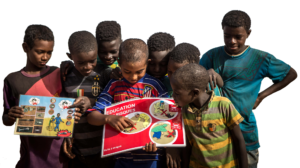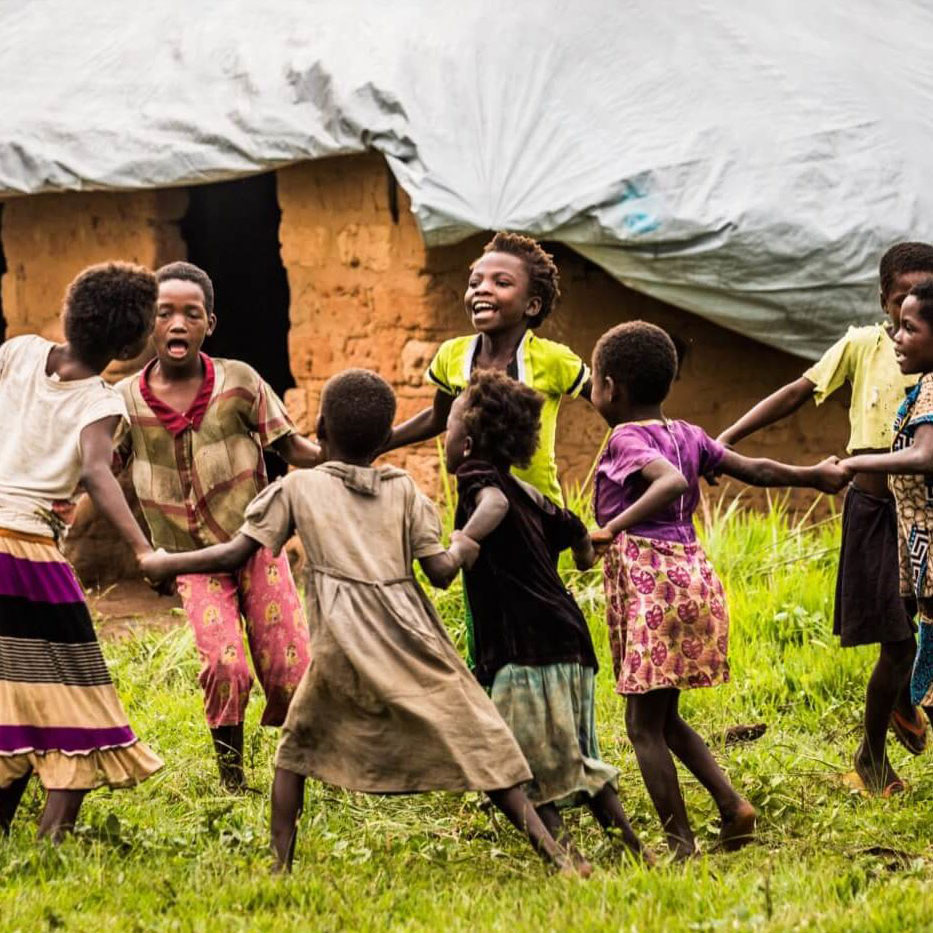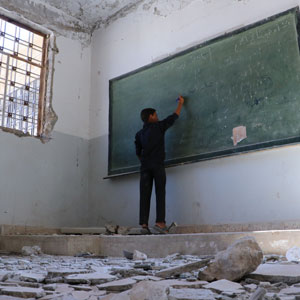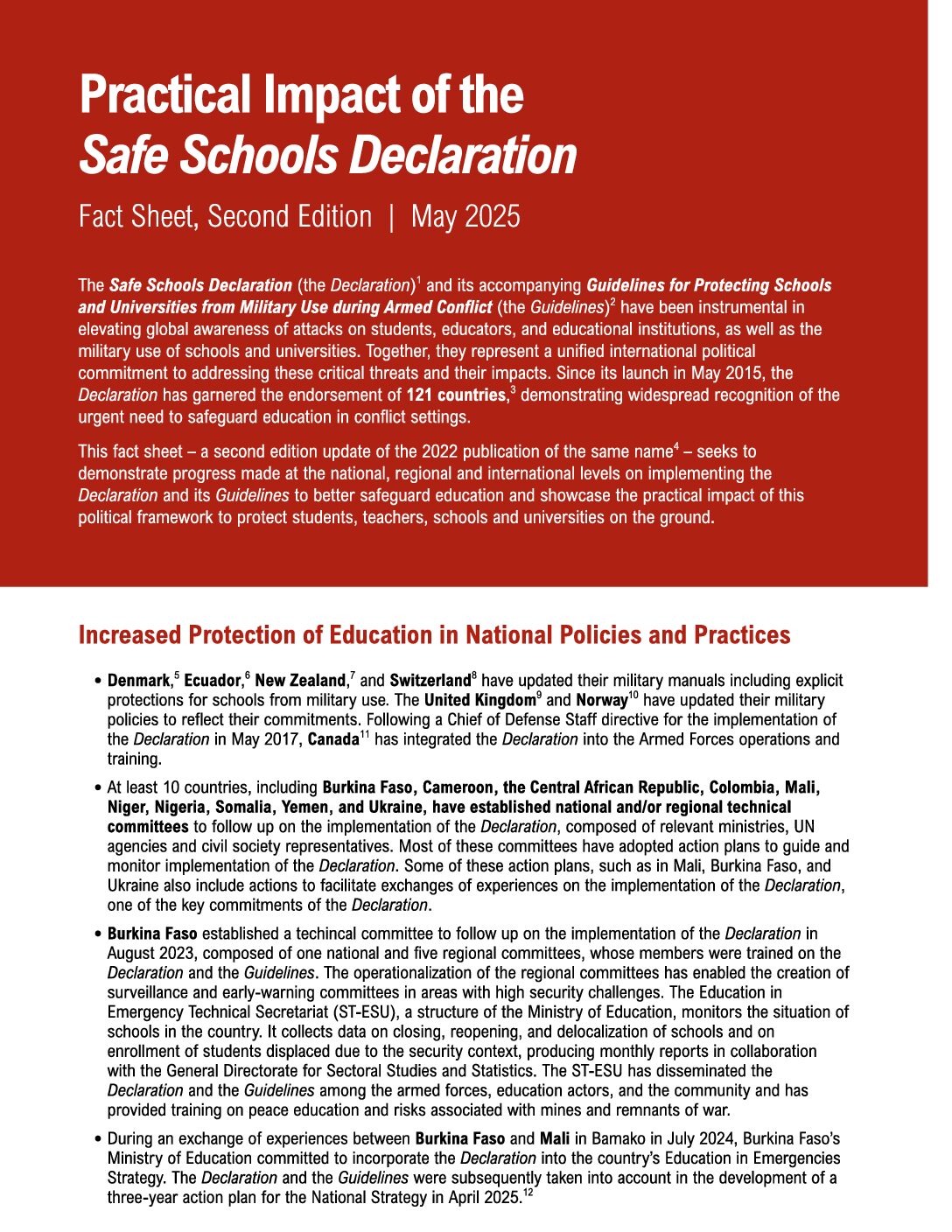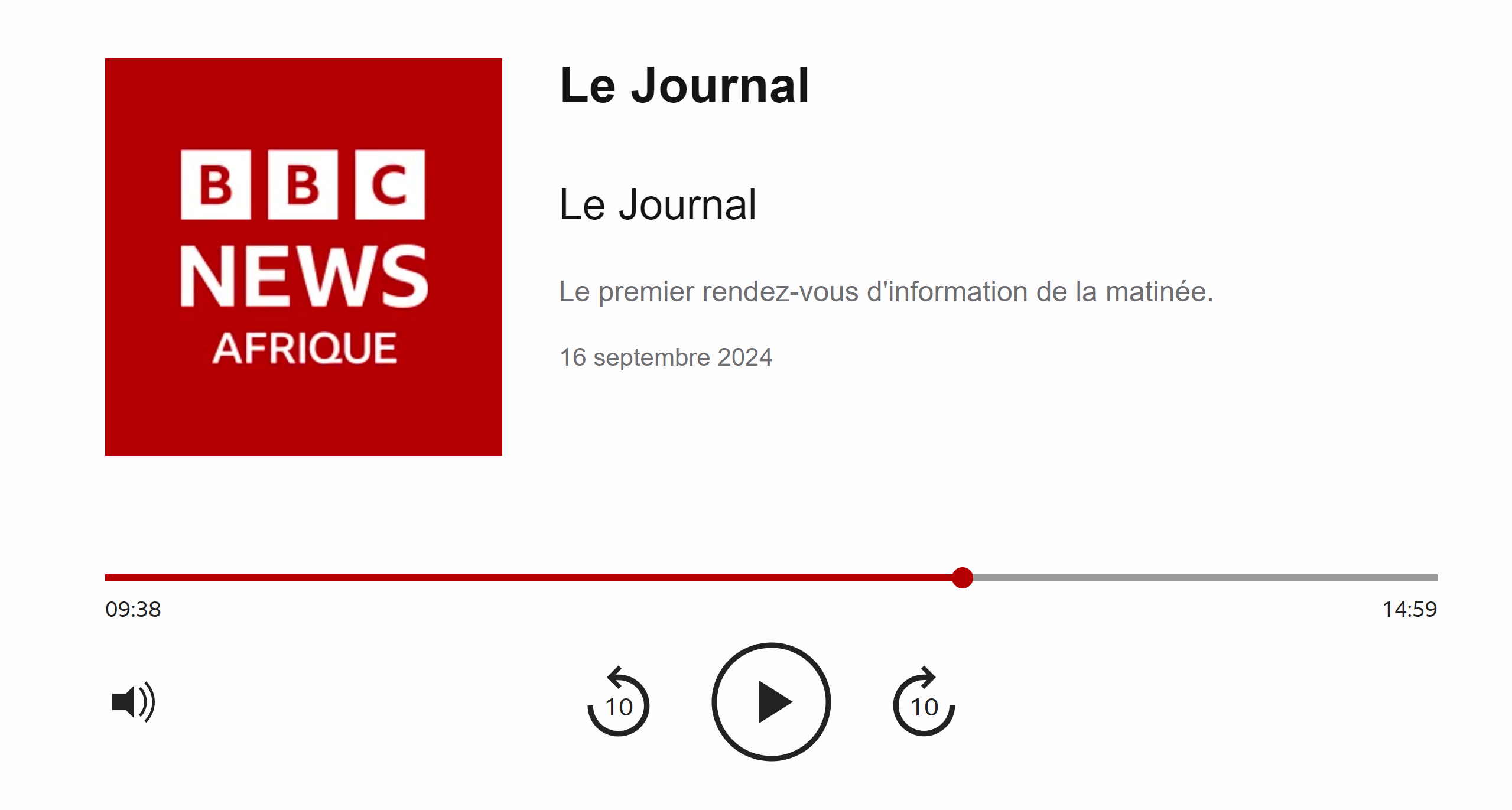GCPEA News
Yemen: Troops Used Schools, Endangering Children
Armed Occupations in Capital During and After Uprising Harm Education
Human Rights Watch, September 11, 2012
(Beirut) – Government forces and other armed groups deployed in schools in Yemen’s capital, Sanaa, during the 2011-2012 uprising, putting students at risk and undermining education. The uprising ended the 33-year rule of President Ali Abdullah Saleh.
Yemen should explicitly prohibit both government forces and non-state armed groups from occupying schools for military purposes when it endangers students, teachers, or the children’s education, Human Rights Watch said.
The 46-page report, “Classrooms in the Crosshairs: Military Use of Schools in Yemen’s Capital,” details the occupation of schools by government security forces, militias, and opposition armed groups, risking the lives and education of tens of thousands of students. Forces on both sides used schools as barracks, bases, surveillance posts, and firing positions. Combatants also stored weapons and ammunition, detained prisoners, and in some cases tortured or otherwise abused detainees on school grounds or in school buildings.
Yemen already has the lowest rates of literacy in the Middle East and some of the lowest rates of school enrollment in the world. Until the Yemeni government prohibits the deployment of armed forces and groups in schools where it violates international law, the lives of students, teachers, and school administrators will remain at unnecessary risk in conflict areas throughout the country.
“Young people played a crucial role in Yemen’s 2011 uprising, but they also suffered greatly during the conflict,” said Priyanka Motaparthy, children’s rights researcher at Human Rights Watch and a co-author of the report. “When soldiers and rebels deploy in schools, children and their education get put in harm’s way.”
In March 2012, Human Rights Watch visited 19 schools in Sanaa that government or opposition forces had occupied, including seven schools in which they continued to live or operate. Some forces had taken over schools completely, but in most of the cases investigated, they had occupied only part of the schools, while teachers and students tried to continue their classes alongside the armed men.
Human Rights Watch interviewed more than 75 students, teachers, principals, school administrators, and parents from these schools. Human Rights Watch also raised the issue of school occupation in meetings with government officials, and members of both pro-Saleh and opposition armed groups. A return visit in July 2012 found that armed forces had left all but one of the schools. In mid-August, armed men finally cleared the Asma’a School, a girls’ secondary school near Change Square, a sprawling protestor’s camp.
“When [the soldiers] tortured the old man here, we got very scared,” said Ahlam, a 13-year-old student at Asma’a girls’ school, which was occupied by soldiers from the rebel First Armored Division. “They beat him [and] electro-shocked him right in the courtyard of the school. It was during recess.”
While troops from the First Armored Division, an elite unit that split from the Yemeni army in March 2011 to support the opposition, occupied most schools visited by Human Rights Watch, government troops and tribal militias also used and occupied schools in Sanaa.
International humanitarian law, also known as the laws of war, obligates all parties to an armed conflict to take all feasible measures to minimize harm to civilians. Schools and other civilian structures cannot be attacked unless they are being used for military purposes. Deploying forces in a functioning school places students and other civilians at unnecessary risk of attack. An extended deployment without providing alternative educational facilities can deny students their right to education under international human rights law.
Armed groups sought to justify their takeover of schools in Sanaa by saying they “protected” the facility from other forces. Yet Human Rights Watch’s investigations revealed the opposite: when troops entered schools, they became military targets of enemy forces, putting students and teachers at greater risk. In some instances, the forces inside schools came under attack while students and teachers were present. Armed forces also detained and beat prisoners on school grounds, in some cases as teachers and students looked on.
“The moment soldiers enter a school, it becomes a military target and stops being a safe place for students,” Motaparthy said. “Commanders who say they’re protecting a school blatantly ignore the serious risk they’re taking with students’ lives.”
In addition to endangering students and teachers, the military use of schools further hindered children’s access to an adequate education, Human Rights Watch said. At schools used by government troops and armed groups in Sanaa during the uprising, Human Rights Watch documented disruptions to studies, lower school enrollment, decreased school attendance, and damage to school infrastructure.
Military use of schools harmed girls’ education in particular, Human Rights Watch said. Girls’ school enrollment already falls behind boys in Yemen’s highly gender-segregated and conservative society. When troops enter their schools, girls drop out in disproportionately higher numbers or miss greater portions of the school year, teachers and principals told Human Rights Watch. They said some parents preferred to remove their daughters from school rather than allow them to study alongside armed men or in temporary classrooms where they mixed with boy students.
The use of education establishments by armed forces and armed groups that Human Rights Watch documented in Sanaa and earlier in the city of Taizz is part of a broader pattern of occupation of schools for military purposes throughout the country. Soldiers have damaged many of the schools they entered, and opposing forces have shot at or shelled schools because of armed groups’ presence inside, endangering the students and school staff.
According to UNICEF, the United Nations children’s agency, armed forces and armed groups had conducted attacks on at least 82 schools in Sanaa and occupied at least 54 as of November 2011, just before Saleh signed an agreement brokered by the Gulf Coordination Council (GCC) to leave office. Huthi rebels in northern Sa’da also have used schools as bases.
People fleeing the fighting in southern Abyan province told Human Rights Watch that al Qaeda-linked militants used schools during fighting against government forces. In June, UNICEF reported that troops from Ansar al-Sharia, an affiliate of al Qaeda in the Arabian Peninsula operating in southern Yemen, occupied at least 52 schools in Abyan, 26 of which had been attacked during the fighting.
Human Rights Watch urged international donors that fund school reconstruction projects, such as the World Bank, the UK Department for International Development (DFID), Germany, and the Netherlands, to press the government to explicitly ban any future military use of schools that unnecessarily places students and teachers at risk and deprives children of their right to education.
“No parent wants to send a son or daughter off to school where soldiers are readying for battle,” Motaparthy said. “Donors investing in education should press the government to do what it can to protect schools and their students from armed conflict.”
Accounts from students and teachers included in the report:
Shadi, an 18-year-old student in grade 8 at Soqotra school, which was occupied by a pro-government tribal militia, said: “The military barracks terrified us, and students didn’t come to school because we were expecting that anything could happen.”
A teacher at Aisha girls’ school, which was occupied by soldiers from the armed forces 314th Brigade, said: “Some parents complained … that they would not register their daughters here, because it’s a very sensitive issue having daughters with soldiers. But after they [the soldiers] left, everyone came and registered back at the school.”
A teacher at al-Ulafi school, where use of some classrooms by a pro-government tribal militia led to overcrowding in the remaining classrooms, said: “We had between 80 and 90 children per class.… The grades of the students dropped a lot, and many people failed.”
